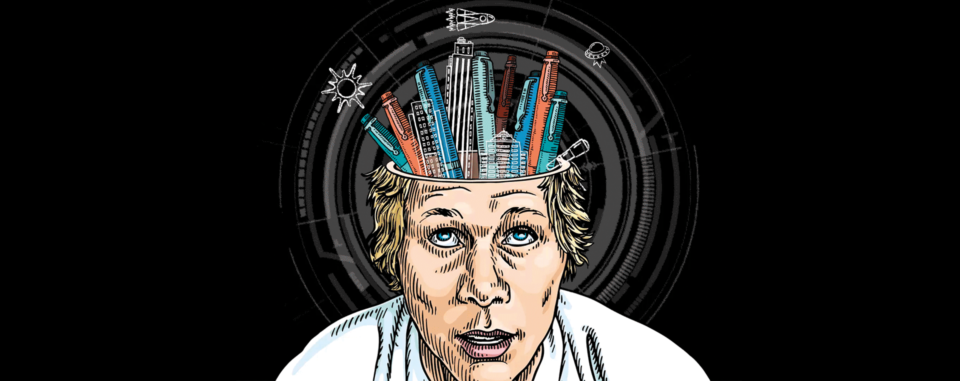This glimpse of the future comes from Kate Lewis of Aurecon.
In the man-made world around us, every engineering feat and design marvel first originated in the imagination of someone. It is a collection of manifested ideas; a myriad coming from the minds and pens of science fiction (sci-fi) writers.
There is a long and wonderful list of such authors who have read history attentively, interpreted the signs of the times correctly and projected the future accurately.
NASA acknowledges the uncanny similarities between Jules Verne’s From Earth to the Moon and the actual moon landing 104 years later.
George Orwell saw government surveillance coming; Isaac Asimov gave us the Three Laws of Robotics, while the Uplift Universe of David Brin sees chimps and dolphins with human intelligence, thanks to genetic engineering.
Countless other technological advances and social changes have been foretold in what seemed to be, at the time, flights of fancy.
As we try to navigate and unravel uncertainty, could we perhaps tap into the imaginations of these idea-generators and be inspired to use it as a blueprint for design and future planning?
Sci-fi often breaks barriers of limitations and opens up different realms of our imagination – that’s what makes it fascinating.
It is no longer only fans of the genre who search for adventure between the pages of their favourite authors; business leaders and governments are tapping into the brains behind it to glean some insight into possible futures.
In a bid to solve some of the world’s most pressing problems, Japan’s ANA airline and the XPrize Foundation created the Science Fiction Advisory Council made up of 64 leading sci-fi writers and filmmakers. Nike and Boeing are paying sci-fi writers lots of money for their worldbuilding skills, also known as sci-fi prototyping or future casting.
And if there are opportunities seen by sci-fi writers, there are also threats. In fact, writers now form part of the French army’s Red Team to imagine potential new threats and scenarios that regular military strategists might not be inclined to imagine.
How can engineers apply these same principles in their roles as designers and advisors? Could imaginative thinking enable us to foresee the unseen consequences of an invention?
Just imagine if a sci-fi writer explored these consequences beforehand. What gigantic curveballs could be pre-empted when we are developing artificial gestation of humans, the creation of sentient robots and genetic manipulation of existing life forms?
Inspire, create, repeat
Award-winning author Allen Steele talks about the sci-fi feedback loop, remarking that sci-fi writers are constantly peering over the shoulders of scientists and technologists, and that scientists often pursue ideas that were first expressed in fiction.
While the currently trending dystopian literature has its place as a herald of warning, we need to balance it with the pro-progress, utopian, golden age of sci-fi, if we want to inspire new generations.
Many children who grow up with fascinating stories make it their life mission to turn these visionary tales into reality. The American Society of Mechanical Engineers asked seven world-leading engineers and innovators how sci-fi set their imaginations free and unlocked their dreams.
Their stories of how Star Wars and Terminator inspired careers in robotics and tech entrepreneurship will give any sci-fi writer goosebumps.
Although sci-fi has consistently predicted future technologies and social phenomena, its true value might not lie in its predictive aptitude, but rather in its ability to inspire.
In a 1932 BBC Radio broadcast, HG Wells remarked that we need professors of foresight.
He would have been pleased to know we are taking his advice.



